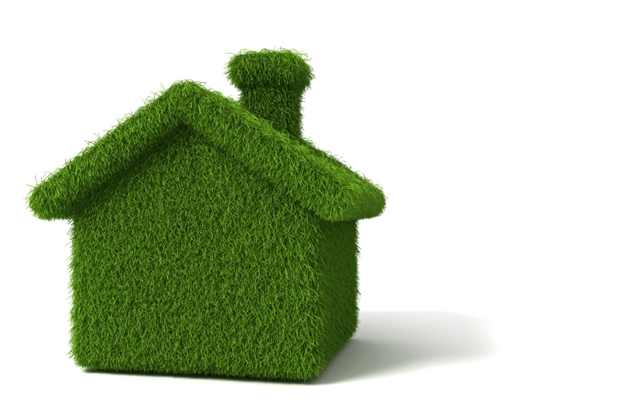‘Please God, make me good, but not yet.’ I know the feeling. As I get older and more deeply retired, I globe-trot more and my carbon footprint is horrendous. And guilt does not result in abstinence. The brain is persuaded but the flesh is weak. Years ago I chaired Jonathon Porritt’s sustainability organisation, Forum for the Future, and I remember holding a fund-raising dinner for rich Cotswolders and hoping no one would notice my gas-guzzling old car, toasty warm house, and melon with more air-miles than flavour. I’ve tried harder since then, but it’s not easy. A couple of years ago I converted my ancient barn into an eco-friendly house with heat-exchange pump, grey water collection, massive insulation, the lot. The installer promised reduced bills amounting to a payback in 20 years. I’ll be dead by then, I thought, but better do the right thing, and went ahead. First of all it didn’t work and the house was icy as the grave; now it does and it costs more to heat than my old and decidedly un-green one did.
Needing to be reinspired, I went on a visit to Highgrove with Patrick Holden, formerly of the Soil Associaton and now running the Sustainable Food Trust. We walked round the farm with David Wilson, Prince Charles’s trusty farm manager, and I learnt a few unsettling facts: Most factory-farmed day-old chicks have already been dosed with three different antibiotics, and they’ll get several more in their short lives. Three times more antibiotics go into farm animals than into the human race, much of them into healthy animals. Admittedly some of the antibiotics are so toxic they are not used on humans, so perhaps any resistance to them built up in animals can’t affect us, but still… Intensively farmed dairy cows who live on concrete, munching high-energy feed — like children eating junk on a sofa — can produce up to 12 gallons of milk a day. Most only give milk for two or three years, and then it’s goodbye. HRH’s organically fed, kindly treated, grass-grazing cows only give six gallons, but keep going for ten, sometimes 15 years. What cheered me is the news that pasture-fed meat is good for you. Yes, it costs a bit more than that pale, tasteless, tough stuff, but according to recent research it is higher in beneficial fats and antioxidants than factory farmed meat. Besides, if we are ever to give up chemical fertilisers, we’ll need animals to fertilise the land: no animals = more artificial fertiliser. And if we want milk, butter and cream, we need to eat the unproductive bull calves. Thank God: veal chops are my best thing and I want to stop feeling bad about that.
And then, ignoring an online offer to calculate the damage I am personally doing to the planet, we set off to Inle Lake in Myanmar. The lake is still beautiful, the hotels consisting of cabins lost in the greenery, tourists going around in traditional canoes, the temples crumbling gracefully. Once, the lake was full of fishermen because the lake was full of fish. Pollution and overfishing changed that, so now the locals grow tomatoes on picturesque floating islands instead. And the chemical companies send leaflets to the ex-fishermen-turned-smallholders on how to spray their crops with fungicide, pesticide and fertiliser, which all ends up in the lake along with ever more sewage.
Next stop Sicily, which is poor, muddled and often dirty. But we never smelt a drain, the buildings are beautiful, and the people, in contrast to their mainland cousins, are oddly unexcitable and very hospitable. Even more than other Italians, they are obsessed with food, some of which is so good I salivate at the memory: fresh anchovies sauteed with olive oil, garlic and parsley in a backstreet restaurant; oysters the size of my open hand washed down with prosecco from a plastic cup while standing in Syracuse street market (€10 for four oysters and two glasses); and black coffee granita and hot brioche for breakfast at the Villa Sant’Andrea in Taormina Mare, currently my favourite hotel in the world.
Am I the only one whose heart sinks at the words ‘World Heritage Site’? I know it means restoration money, car parks, clean loos and what have you. But sometimes it means the death of what we want to see. Noto’s astonishingly beautiful baroque heart is now scrubbed, restored, sparklingly clean — and dead. Unless you count tourist stalls as life. It is like an opera set without the opera.
Home to autumn, and turning trees. I’m longing for the last flowers to give up the ghost so we can get going in the garden, hacking things back, playing musical chairs with plants, composting and mulching. It liberates the control freak in me.
Prue Leith’s books include Leith’s Cookery Bible, the memoir Relish, and five novels.






Comments